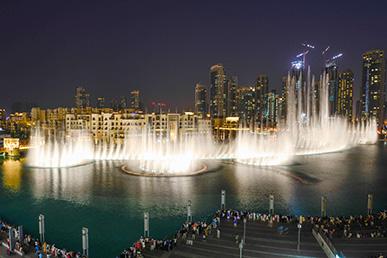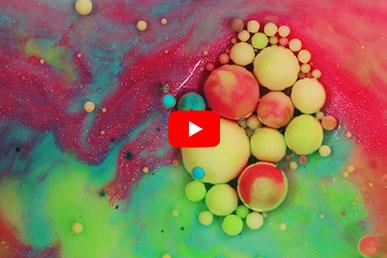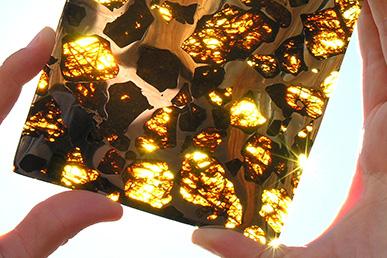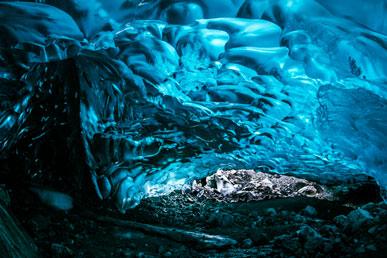
Psychology has a curious property – from time to time it is "updated": scientists register more and more new types of diseases and abnormalities. Human life is changing, and every year at a faster rate, and the psyche is not always able to prepare for important changes. Computer addiction, Internet addiction – such psychological disorders appeared relatively recently, but hundreds of people are being treated for them today. Next in line is selfie addiction and, for example, Instagram addiction. The latter has not yet been singled out as a separate type of disease, but selfie addiction is recognized everywhere. What is it?
The story of an English teenager
On April 1, 2014, an article appeared on the English-speaking Internet that the UK government plans to ban selfies. This "news", which turned out to be an April Fool's joke, then made thousands of residents of "foggy Albion" worry. This could mean that a significant proportion of English people suffer from selfie addiction to varying degrees.
In the same year, the public learned about a certain Danny Bowman, an English student who made his photo portraits on an iPhone for at least 10 hours a day. It turned out that his obsession at that time was four years old. At first, he took one photo and posted it on Facebook, but his friends ridiculed her: one did not like the hairstyle, the other the shape of the nose, and so on. Danny decided to prove that he has a great appearance, and began to take photos one after another. He photographed himself in bed, in the bathroom, at the table and in many other places. This idea captured him even more after he did not pass the casting in one modeling agency in 2011. The jury criticized his appearance, and this plunged the young man into depression, which was followed by more and more waves of photographs. In college, he even took time off from class and took pictures of himself in the bathroom. And with each new photo, he did not like himself more and more. For aggressive behavior and constant absenteeism, he was expelled from college, and he sat at home for days on end for his favorite pastime. He even went on a diet to improve his figure, but even after it he seemed to himself not slim enough. In the end, he took several hundred photographs in half an hour, and not a single one satisfied him. In a fit of desperation, he swallowed sleeping pills to die, but his mother noticed this in time and took him to the hospital. There, the guy was “pumped out”, but the first thought after waking up was fear – it seemed to him that in the next selfie he would not look perfect again. Danny needed serious psychological help.
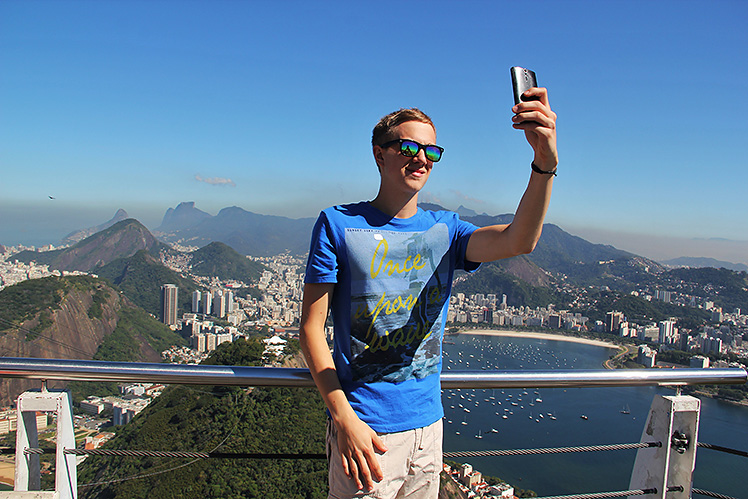
I love myself, my love
The concept of "selfie" came to the world from Australia – there this word was first used in the early 2000s on one TV channel. Despite this, selfies as such appeared much earlier – by a whole hundred years. The first "selfies" were then made on a cheap Kodak Brownie camera (released in 1913), the simplest models of which cost only $ 1. The camera was mounted on a tripod in front of a mirror or photographed at arm's length, which was even more difficult. One of the first such “selfies” was made for her friend by Princess Romanova at the age of 13. But at that time, selfies had not yet emerged as a separate hobby and existed on the wave of universal photography. Nowadays, selfies are a mass hobby, sometimes growing into a real addiction. The widespread use of selfie sticks also contributes to the hobby, with which you can take high-quality photos of yourself in any situation – even from the window of a flying plane. These types of selfies are some of the most extreme, and the pursuit of capturing yourself can cost a life.

Entertainment or disease?
Selfies are considered innocent entertainment. But computer games were also considered the same, for which others spend day and night; there are already several cases of death of a person during the game from exhaustion. Selfie addiction also has the features of a dangerous psychological disorder, which some scientists even compare with alcoholism and drug addiction. A good illustration of what the essence of the disease is, is the above story of Danny Bowman. Danny is far from the only teenager whose passion turned into a mental illness.
"Selfism", as this addiction is sometimes called, scientists explain several reasons that may be interconnected. For example, painful narcissism, narcissism. Some consider selfie addiction to be a form of exhibitionism. As you know, this is the desire to demonstrate to others their genitals. How innocent "selfies" are associated with showing genitals – supporters of this idea cannot explain, so this is most likely an exaggeration; selfies of an erotic nature are also found, but quite rarely, they give out the “spoiled” psyche of their authors. "Selfism" also indicates that a person could not overcome typical childish character traits in himself – egocentrism and dependence on the assessment of others.
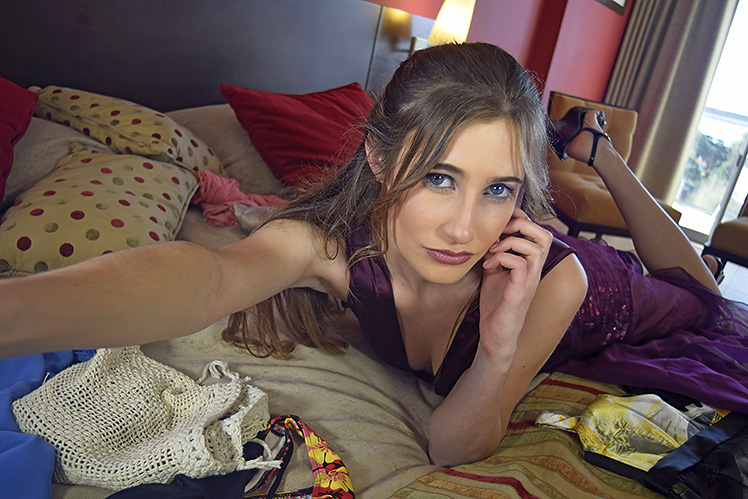
How to deal with "selfism"
Selfie addiction, according to scientists, occurs most often in those people who are predisposed to various kinds of addictions. Therefore, eliminating "selfism", you need to pay attention to the reasons that influenced the emergence of this addiction. Selfie addiction is a modern "high-tech variation" of mental disorders that also manifested themselves in the "pre-Internet" era: obsession with one's own appearance, narcissism, an inferiority complex, even autism spectrum diseases. With an inferiority complex, “selfism” is related to the desire to get as many likes as possible on social networks.
One way or another, this addiction should be fought before the selfie hobby becomes painful. Psychologists recommend getting rid of "selfism" in several stages. First, you need to refrain from posting the photos you have taken on the Internet, which requires willpower. Then you need to delete the photos you just took. And the next step is to train yourself to look in the mirror instead of taking pictures. Standing in front of a mirror can also be a sign of a psychological deficiency, but in this case it can be useful.

Selfies and popular culture
Selfie today has become an unusually fashionable trend in the culture of society. Trying to capture themselves in interesting places or unusual poses, selfie lovers think they can make history. There are many poses and varieties of selfies, and many have special names. So, “felfi” is a selfie with animals, “grufi” is a group selfie, “belfi” is a photo with protruding buttocks; there are “selfie in the elevator”, “selfie in the toilet”, “duck lips” poses and others.
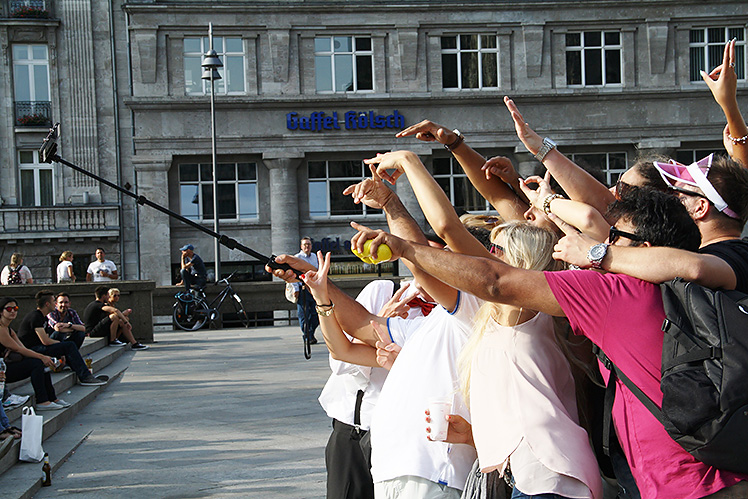
Selfies have become the property of not only ordinary people, but also celebrities. And if in relation to actors and singers this hobby is quite understandable, then among politicians and public figures it does not look quite usual. "Sebs" were posted online by Dmitry Medvedev, Barack Obama, the Pope and other famous personalities. Public reception of such photographs is ambiguous; Thus, the photo of Obama, where he is present at the funeral and at the same time demonstrates a good mood, has become an occasion for noisy disagreements. Apparently, selfies of politicians are a special form of public relations, but instead of sympathy, the result is often the opposite: such self-portraits become material for compromising evidence on the part of political competitors.
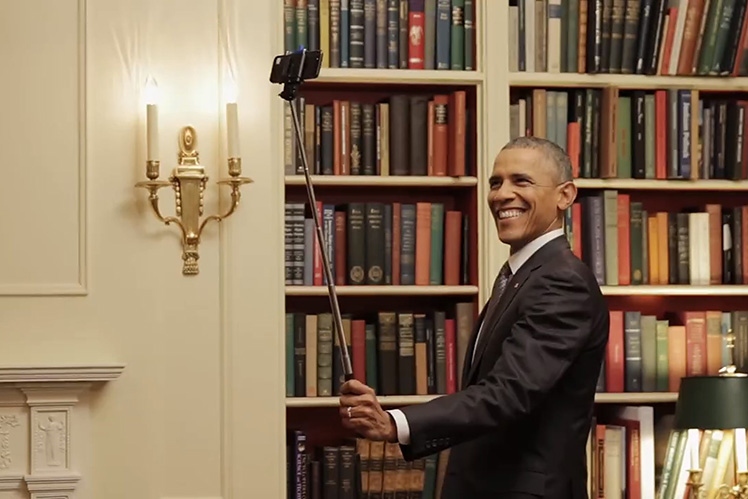
Selfie has become an element of extreme culture. Photos from airplanes, on the roofs of high-rise buildings and skyscrapers, in other similar environments are an impressive sight, but their passion is life-threatening. There are especially many people who take pictures of themselves driving a car. Such extreme people fall into the hands of the traffic police, but they admit that after meeting with the law enforcement officers, the desire to be photographed while driving did not disappear – they simply cannot help themselves. The inscriptions (tags) with which they accompany their photos also cause fear: along with harmless options like “Miss you”, there are also such as “Dangerous”, “Fortunately, we didn’t crash”, “Look how I’m driving without hands” and others
One of the most popular Russian selfists is Kirill Oreshkin. In pursuit of new shots, he conquers new and more dangerous peaks. In this case, selfie is an extreme art, and there are different opinions in society about its acceptability (more precisely, about the acceptability of such types of art in general). Passion for this art can also develop into a disease, so it’s not worth the risk once again.
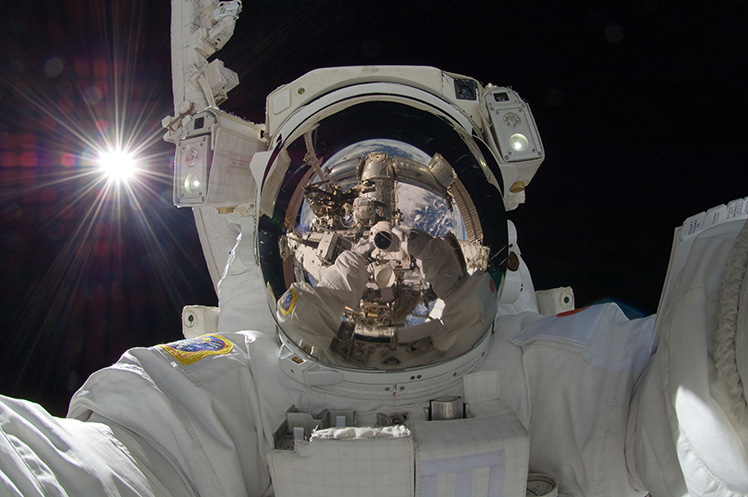
Selfie addiction in a child
For parents, the selfie craze of their children raises concerns about the content of the photos. Teenagers capture themselves with a cigarette in their mouth, with alcohol, in erotic poses. Such selfies are a destructive type of mass culture, in which, according to parents, children are involved, because they are both authors and viewers of such “photo masterpieces”. However, the selfies themselves have nothing to do with it: after all, long before the spread of this hobby, children listened to music and watched films with dubious content. Selfie is only a reflection of the inner world of the child, it does not generate depravity, but only demonstrates it.
The scale of selfie addiction will help to reduce... selfie addiction itself, which develops according to the laws of mass culture. In other words, when there are too many selfies, the interest of the public in this hobby will subside, so the incentive to take new photos will also fall. Of course, the selfie culture itself will not disappear anywhere, it will only take its place among other popular hobbies.
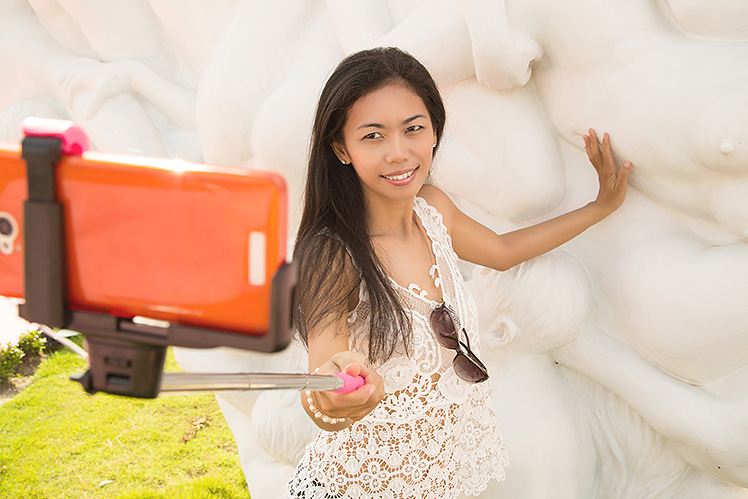
Source: 4brain.ru


